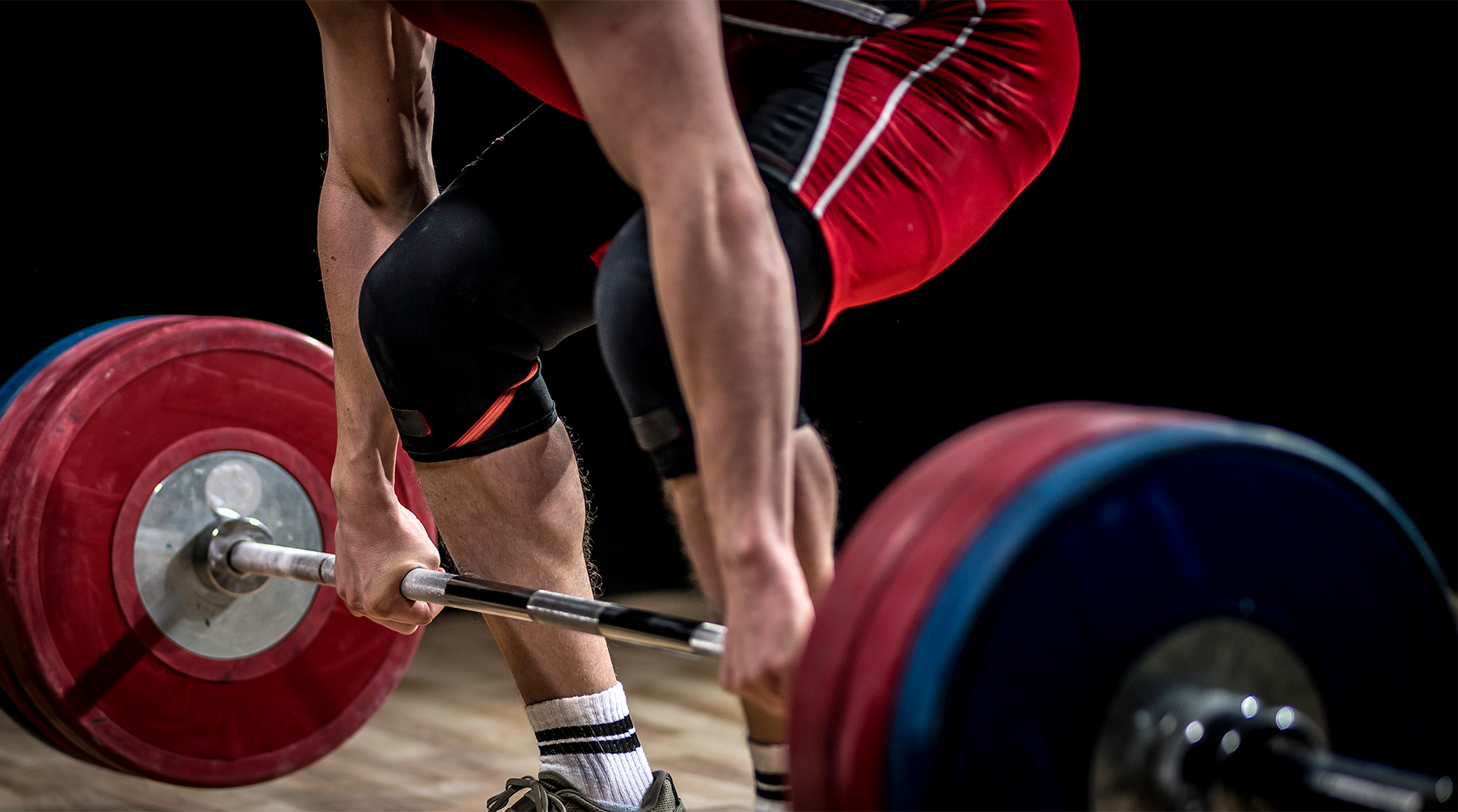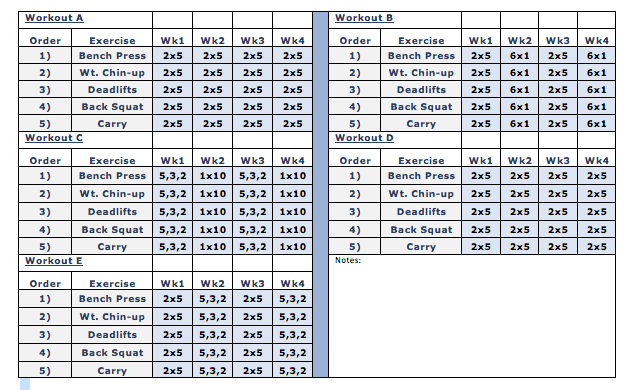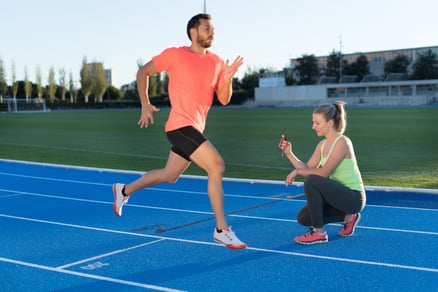 In a world where people want results in an instant and take drastic measures to achieve those results as fast as possible, developing strength, power and athleticism in a long-term aspect is often overlooked. For any fitness-related result or outcome, improvements take time. Fat loss, overall strength and/or power in any particular lift, speed, and agility are all seeds that needed to be watered for a while before noticeable and permanent changes are evident.
In a world where people want results in an instant and take drastic measures to achieve those results as fast as possible, developing strength, power and athleticism in a long-term aspect is often overlooked. For any fitness-related result or outcome, improvements take time. Fat loss, overall strength and/or power in any particular lift, speed, and agility are all seeds that needed to be watered for a while before noticeable and permanent changes are evident.
In an athletic realm, this leads to the importance of the “testing” process and the use of that process over the course of months, semesters, and years. As a young athlete or athlete fresh out of high school entering the college world of sports and strength and conditioning, this is how you monitor your success and validate that the training and improvements you are making are the things that are actually working. Numbers do not lie. If your times in specific agility drills or weights have increased in certain lifts, obviously you have made improvements. If those numbers have not changed or have decreased, you need to address methods of training or overall compliance/intensity with the program.
Below are five performance tests that measure multiple aspects of your overall athletic profile.
40-Yard Dash
The 40-yard dash, or “40,” is one of the most common drills we use to measure straight-line speed. Sure, many sports are played in a multidirectional way, but overall top speed is an important puzzle piece. Setting up and performing this drill is relatively simple; however, you may need two people to help with the timing.
First, set up two cones exactly 40 yards apart. From here, go to the starting line and sprint from start to finish. The clock or stopwatch should start on your very first movement from the starting line and stop when your body crosses the finish line.
5-10-5 Shuttle
The shuttle run is one of my personal favorites. It allows you to see an athlete’s explosiveness and change-of-direction skills. With lateral movements being so important in many sports, this gives you a good idea of where an athlete stands. To set up the 5-10-5 Shuttle, you need three cones spaced out evenly at 5 yards apart. The athlete starts at the middle cone with their hand on the ground. They run to the right or left cone and touch the ground (5 yards), across the whole setup and touch the ground (10 yards), and sprint through the middle cone (5 yards). Timing of this test starts when the athlete’s hand raises up from the ground and finishes when they cross the middle cone.
Vertical/Broad Jump
Jumping ability is another “power” aspect that translates very well into success on the field or court. The vertical jump test is generally performed with a Vertec, or a piece of equipment where you stand underneath and jump to touch as many of the rings overhead as you can. Other than obtaining the Vertec, the test is fairly simple. First, you want to measure your standing reach, or simply the height that you can reach with your arm outstretched overhead. As I mentioned before, you jump and hit as many of the rings on the Vertec as you can. When the maximal height has been reached, you subtract the standing reach number to get the vertical jump height.
Another great way to measure power would be with the standing broad jump. For this, all you need is a tape measure that is on the floor with a starting line for the athlete. To perform, the athlete starts behind the starting line and jumps out as far as possible and lands under control. The length of the broad jump is measured wherever the back of the athlete’s shoe lands.
Bench/Squat/Trap Bar Deadlift
In the preceding sections we looked at sprint and jump measurements, but we can’t leave out our strength numbers. Like the great Louie Simmons of Westside Barbell said, “Weak things break.” Truer words have never been spoken. Because of this, we want to measure those strength gains with every opportunity that we have. For me, my main three strength lifts that I measure are the bench press, the squat (front squat or back squat, depending on the athlete), and trap bar deadlift. These are three main staples in my programming and I always want to see if the way that I’m implementing them in workouts is yielding the best results.
These may look a little different for you. You may choose DB Bench Press, Pull-Ups, Farmer’s Carries, or something similar. My recommendation is to be sure that whatever you are testing are things that you are continually working on. It’s tough to test a back squat if you haven’t back squatted in 8–10 weeks.
Overall, the moral of the story is testing to see whether what you are doing is helping you achieve your goals is vital. Without testing you are just guessing. Remember, numbers do not lie!
his blog was written by Alex Soller, Athletic Performance Coach and NIFS trainer. To find out more about the NIFS bloggers, click here.


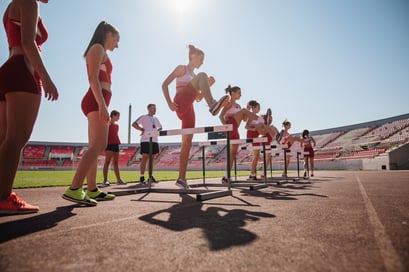 I wish I had a dollar for every time a coach has said to me, “That athlete has stiff hips,” or “That athlete folds over at the waist,” etc. So how do I help an inefficient athlete with stiff hips? I use simple hurdle stretches that train my athletes to bend.
I wish I had a dollar for every time a coach has said to me, “That athlete has stiff hips,” or “That athlete folds over at the waist,” etc. So how do I help an inefficient athlete with stiff hips? I use simple hurdle stretches that train my athletes to bend.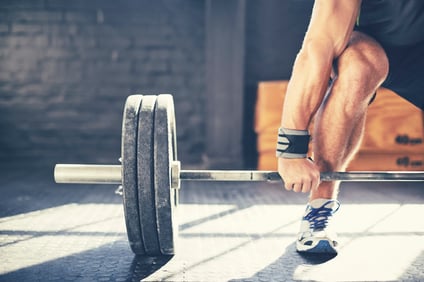 With the sport of powerlifting taking off in the last couple of years, more and more people are taking up the sport as a hobby and to improve their overall fitness levels. Training to improve strength in the squat, bench, and deadlift is a great way to improve total body strength and improve body composition.
With the sport of powerlifting taking off in the last couple of years, more and more people are taking up the sport as a hobby and to improve their overall fitness levels. Training to improve strength in the squat, bench, and deadlift is a great way to improve total body strength and improve body composition. 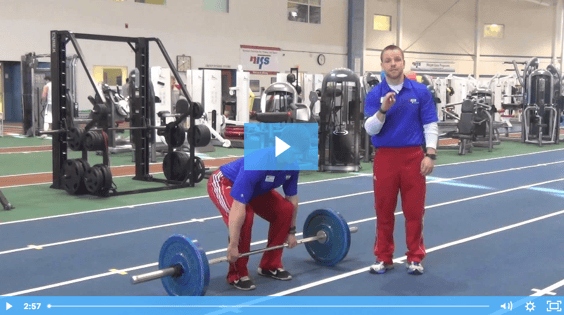
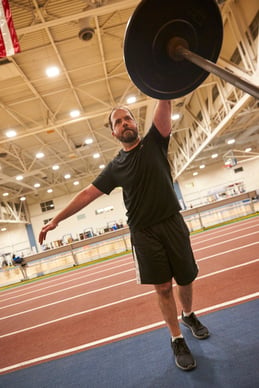 In my experience over the years working with folks from all walks of life to help improve their strength, mobility, performance, and overall fitness I have found that so many suffer from immobility in two major joints: the ankle and the shoulder, which is the focus of this piece. Lifestyle, occupation, inactivity, and overtraining are all culprits robbing so many of healthy range of motion in the shoulder and shoulder girdle.
In my experience over the years working with folks from all walks of life to help improve their strength, mobility, performance, and overall fitness I have found that so many suffer from immobility in two major joints: the ankle and the shoulder, which is the focus of this piece. Lifestyle, occupation, inactivity, and overtraining are all culprits robbing so many of healthy range of motion in the shoulder and shoulder girdle. 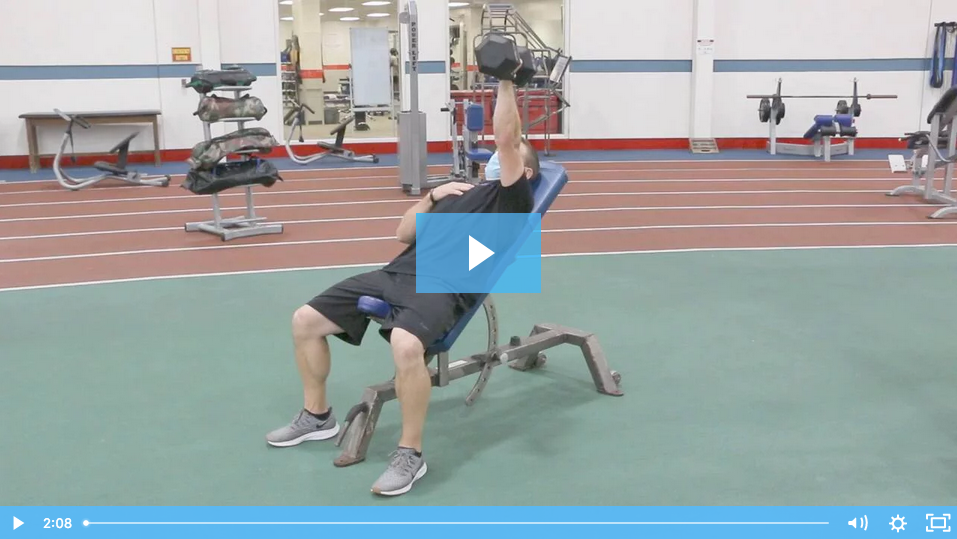
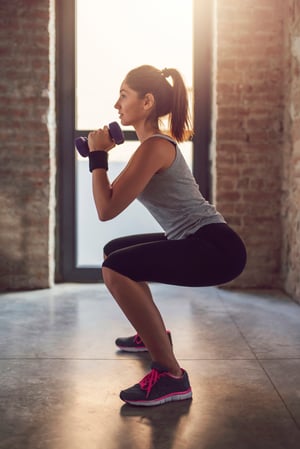 For whatever reason, there seems to be this notion in the fitness industry that if the workout doesn’t leave you on the ground gasping for air, it really wasn’t a good one. Or maybe that you didn’t work hard enough because you didn’t go running to the nearest trash can by the end. This could not be further from the truth; but unfortunately this way of thinking still seems to run rampant.
For whatever reason, there seems to be this notion in the fitness industry that if the workout doesn’t leave you on the ground gasping for air, it really wasn’t a good one. Or maybe that you didn’t work hard enough because you didn’t go running to the nearest trash can by the end. This could not be further from the truth; but unfortunately this way of thinking still seems to run rampant. 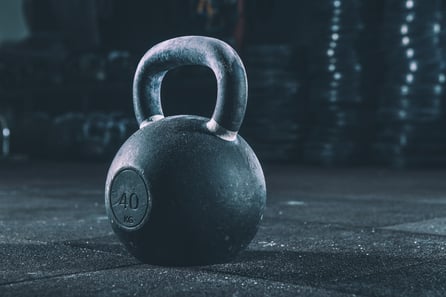 The Russian kettlebell is unique among exercise tools. It is an offset-handle weight that travels easily between the legs in a pendulum movement that can be easily seen in the kettlebell swing (two-hand and one-hand swings). If done correctly, the hips hinge straight backward as if you were trying to push a swinging door open while holding a tray. If you squat, even a little bit, there is little rearward movement and the door doesn’t open. Hip power is lost.
The Russian kettlebell is unique among exercise tools. It is an offset-handle weight that travels easily between the legs in a pendulum movement that can be easily seen in the kettlebell swing (two-hand and one-hand swings). If done correctly, the hips hinge straight backward as if you were trying to push a swinging door open while holding a tray. If you squat, even a little bit, there is little rearward movement and the door doesn’t open. Hip power is lost. 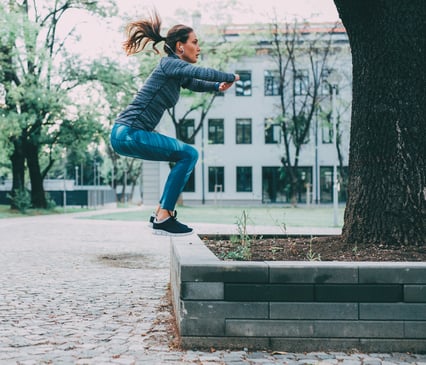 In a world where situations are ever-changing and a new “normal” is developing, athletes around the world are scrambling to adapt to their new training environments. For most, this new environment is where you are probably reading this now, your home. For the time being and for many people, traditional training methods of using barbells, dumbbells, kettlebells, etc. have morphed into substitutions of paint cans, backpacks, gallon jugs, or just about anything that can act as the “resistance” that your body has become accustomed to using.
In a world where situations are ever-changing and a new “normal” is developing, athletes around the world are scrambling to adapt to their new training environments. For most, this new environment is where you are probably reading this now, your home. For the time being and for many people, traditional training methods of using barbells, dumbbells, kettlebells, etc. have morphed into substitutions of paint cans, backpacks, gallon jugs, or just about anything that can act as the “resistance” that your body has become accustomed to using.  Les Mills® BODYPUMP™
Les Mills® BODYPUMP™
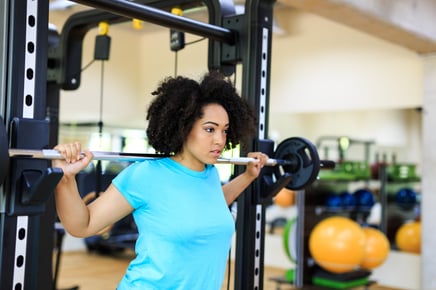 It’s time to get serious about goal setting. Setting goals can help you dig more deeply into fitness and think about what you truly want to accomplish. Goals can range from wanting to walk 1 mile to squatting 2 times your body weight, and absolutely everything in between and beyond. Everyone is on a different path to fitness, so whatever your goals may be is completely up to you.
It’s time to get serious about goal setting. Setting goals can help you dig more deeply into fitness and think about what you truly want to accomplish. Goals can range from wanting to walk 1 mile to squatting 2 times your body weight, and absolutely everything in between and beyond. Everyone is on a different path to fitness, so whatever your goals may be is completely up to you.